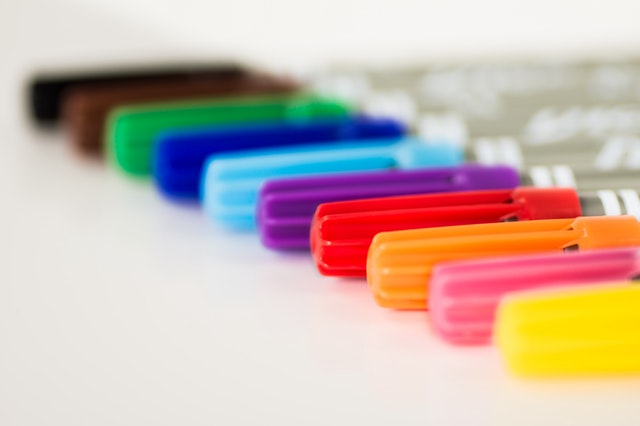Future 6th generation (6G) wireless networks will consist of an infinity of small radio cells that will need to be connected by very broadband communication links.
6th generation (6G) Wireless Networks
Engineers at the Karlsruhe Institute of Technology in Germany are betting on this solution and have just given a demonstration that the possibilities of a 6G THz are not just in theory. We still do not know exactly how this equipment will be, which will surpass 5G technology , but wireless transmission at terahertz frequencies (THz) represents a particularly attractive and flexible path.
Tobias Harter and his colleagues developed a new concept for low-cost terahertz receivers that consist of a single diode combined with a dedicated signal processing technique. This represents a minimalist “radio cell”, capable of operating with minimal energy consumption and low emission of electromagnetic fields.

“At its core, the receiver consists of a single diode, which rectifies the terahertz signal,” says Harter. The diode is a Schottky barrier diode , which offers a large bandwidth and is used as a detector to recover the amplitude of the terahertz signal.
Rectification
The great difficulty in simplifying the technology is that the correct decoding of the data requires the use of the time-dependent phase of the terahertz wave, which is usually lost during the rectification.
To overcome this problem, Harter used digital signal processing techniques in combination with a special class of data signals, for which the phase can be reconstructed from the amplitude through the so-called Kramers-Kronig relations – a mathematical relationship between the real part and the imaginary part of an analytical signal.
In a proof-of-concept experiment, the team demonstrated a record transmission: a data rate of 115 Gbit / s and a carrier frequency of 0.3 THz over a distance of 110 meters.
Article: Generalized Kramers-Kronig Receiver for Coherent THz Communications
Authors: Tobias Harter, C. Füllner, JN Kemal, S. Ummethala, JL Steinmann, M. Brosi, JL Hesler, E. Bründermann, A.-S. Müller, W. Freude, Sebastian Randel, Christian Koos
Magazine: Nature Photonics
DOI: 10.1038 / s41566-020-0675-0































Discussion about this post